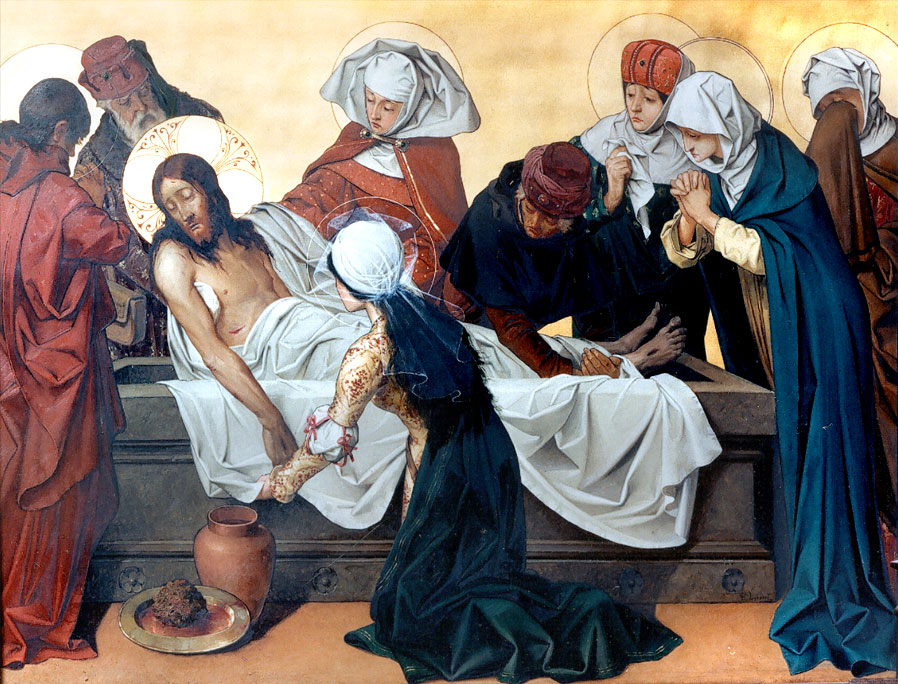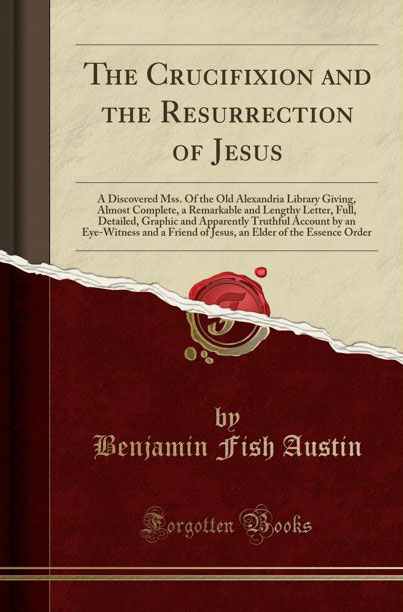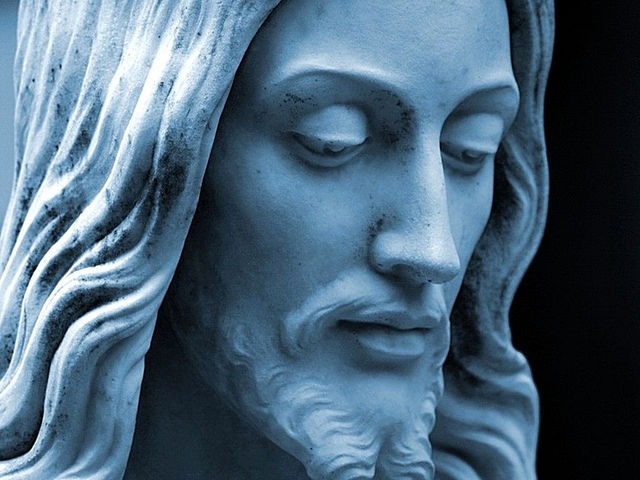Did Jesus Die On The Cross?
 The following documentary investigates the variety of stories surrounding the New Testament account of the crucifixion, death, resurrection and ascension of Jesus, by interviewing historians, theologians and historical researchers. This exploration of the latest theories about what really happened to Jesus 2000 years ago uncovers some surprising possibilities.
The following documentary investigates the variety of stories surrounding the New Testament account of the crucifixion, death, resurrection and ascension of Jesus, by interviewing historians, theologians and historical researchers. This exploration of the latest theories about what really happened to Jesus 2000 years ago uncovers some surprising possibilities.
One of the most remarkable stories in the film concerns the charismatic preacher Jus Asaf (Leader of the Healed) who arrived in Kashmir in around 30 AD. Just before he died, Jus Asaf claimed that he was in fact Jesus and his tomb is shown of which next to it are his carved footprints which bear the scars of crucifixion. ~ Top Documentary Films
“. . . with knowledge of both anatomy and ancient crucifixion practices, it is not difficult to reconstruct the probable medical aspects of crucifixion from a cardiologist’s perspective. It is extremely likely that Jesus Christ sustained an injury to the pericardium during the process of scourging. The sharp pieces of sheep bones in the whip caused deep cuts in the pericardium. This resulted in accumulation of blood in the pericardial cavity. While on the cross, the process of blood accumulation continued. This resulted in cardiac tamponade with hemodynamic disturbance, a condition that caused the heart to struggle, as it was unable to pump blood against free blood in the coverings of the heart, leading to low blood pressure and pulse. In such a predicament, the cardiac output dropped and the brain was deprived of oxygen. It was most likely at this critical stage of hemodynamic disturbance, i.e. low blood pressure and heart rate that Jesus Christ cried out in a loud voice, bowed his head and became unconscious. The piercing of the spear in the chest aimed at the heart created a rent in the outer layer of the pericardium. This resulted in decompression of the heart ‘as blood and water gushed out.’ The increase in cardiac output as the heart was decompressed resulted in improvement of oxygen to the brain. The arrival of Joseph of Arimethia and Nicodemus, an experienced physician, further lend support that Jesus survived the ordeal of crucifixion. The application of strong spices and salves at this stage was essential to prevent the wounds from infection and relief of pain. They probably employed artificial respiration when they ‘blew into him their own breath’ after Jesus was brought down from the cross. Also, the wound of the spear was left open to drain, as ‘Nicodemus believed that it was best not to close up the wound in Jesus’ side because he considered that flow of blood and water from there was helpful to respiration in the renewing of life.’ This practice is well known amongst cardiologists to prevent re-accumulation of blood in the pericardial cavity. Clearly, the weight of historical and medical evidence indicates that Jesus Christ did not die on the Cross but was delivered alive and then treated.” ~ Professor M M H Nuri MBBS, FCPS, MRCP, FACC ~ Link
 The Crucifixion and The Resurrection of Jesus by An Eyewitness
The Crucifixion and The Resurrection of Jesus by An Eyewitness
In the times of Jesus, most people were illiterate and could neither read nor write; moreover, conditions were extremely chaotic; the Holy Land and its people torn between two despotic governorships, who had virtually conquered the country; as a consequence, very little, if any, literate histories were ever recovered from form that time. One of these true historical accounts of the life before and after the crucifixion of Jesus is given in the “Eye Witness” account – a small book which survived the fire of the great libraries in Alexandria. This book was written by an Essene who knew Jesus and much of his life, which is recounted in this epistle: The Crucifixion and The Resurrection of Jesus by An Eyewitness
Posted in Other Topics, The True Life of Jesuswith comments disabled.





